An essential component of Financial Planning is the minimization and deferral of income taxes.
Depending on your occupation, income, and financial history, there may be opportunities to enhance your net worth with greater emphasis on tax planning strategies. It can be as simple as contributing to RRPS’s, or the more complex, such as leveraging Retained Earnings from a holding company.
As each individual and circumstance is different, you will need our consult in addition to that of a qualified accountant.
The 2 most common savings vehicles in Canada are:
It is important to note that these particular vehicles are not an investment in themselves; they are containers for which you can put in many different types of investments.
The primary purpose of these vehicles is to allow the growth of investments with preferred tax treatment. Typically with an RRSP, you do not pay tax on the growth of the investment until it is withdrawn at a later date, and you can deduct the deposits made into an RRSP each year (subject to an annual maximum).
A TFSA does not permit the deduction of contributions, however, the investments held internally grow tax free, and the future value can be withdrawn tax free, unlike a RRSP. They do however have smaller annual contribution limits.
Both of these vehicles can be effective in helping your investment assets grow for tomorrow, while saving or deferring taxes today. There is no right or wrong solution, both have their advantages and disadvantages: we can tailor a solution for your unique needs.
Life Insurance is one of the most misunderstood financial tools in the world. In very simple terms, Life Insurance is nothing more than a futures contract. It is also afforded many tax privilege’s that other investment vehicles do not have.
Those who have significant income or net worth, or perhaps own a business with an Op Co/Hold Co structure, may not be aware of the significant tax benefits of their Life Insurance policies.
With the right type of policy, you can have a substantial amount of personal or corporate investment assets grow tax deferred and you may be able to withdraw the funds tax free in the future. The death benefit is also tax free.
There is no other vehicle that can do all those things. It is not for everyone, and great care should be taken to ensure a plan like this is structured properly.
This is a common question asked by many Canadians: is there a way to deduct my mortgage payments? The answer is yes, if certain conditions are met. There are typically 2 ways to do this:
Both have their merits depending upon your financial situation.
There are times when borrowed money or debts must be insured against the death of the borrower. Many financial institutions will require some form of insurance protection (Collateral Loan Insurance). In the case of Life Insurance, if certain criteria are met, the premiums paid may be tax deductible. These requirements are:
If these conditions are not met, the premiums may not be tax deductible.
There are many business owners that have forgone retirement savings in order to reinvest in and grow their company. As you approach retirement, where will your “nest egg” come from?
An IPP may be a viable option. An IPP allows the transfer of money from an incorporated business to a private, locked in Pension Plan.
Please note: there are pros and cons of an IPP, and you should consult with your accountant or tax advisor to ensure this strategy makes sense. Please review the following link for more detailed information.
A Health Spending Account, also known as a PHSP or Private Health Services Plan, is a fantastic tax tool that allows a business to pay for and tax deduct virtually any medical or dental expense approved by CRA. The HSA can cover a great many items a traditionally insured Health Dental plan would not cover. These plans work exceptionally well for companies of all shapes and sizes, and this is one of the programs we use for our company and staff.
Please note: there are rules and regulations to follow, and all expenses must be on CRA’s list.
